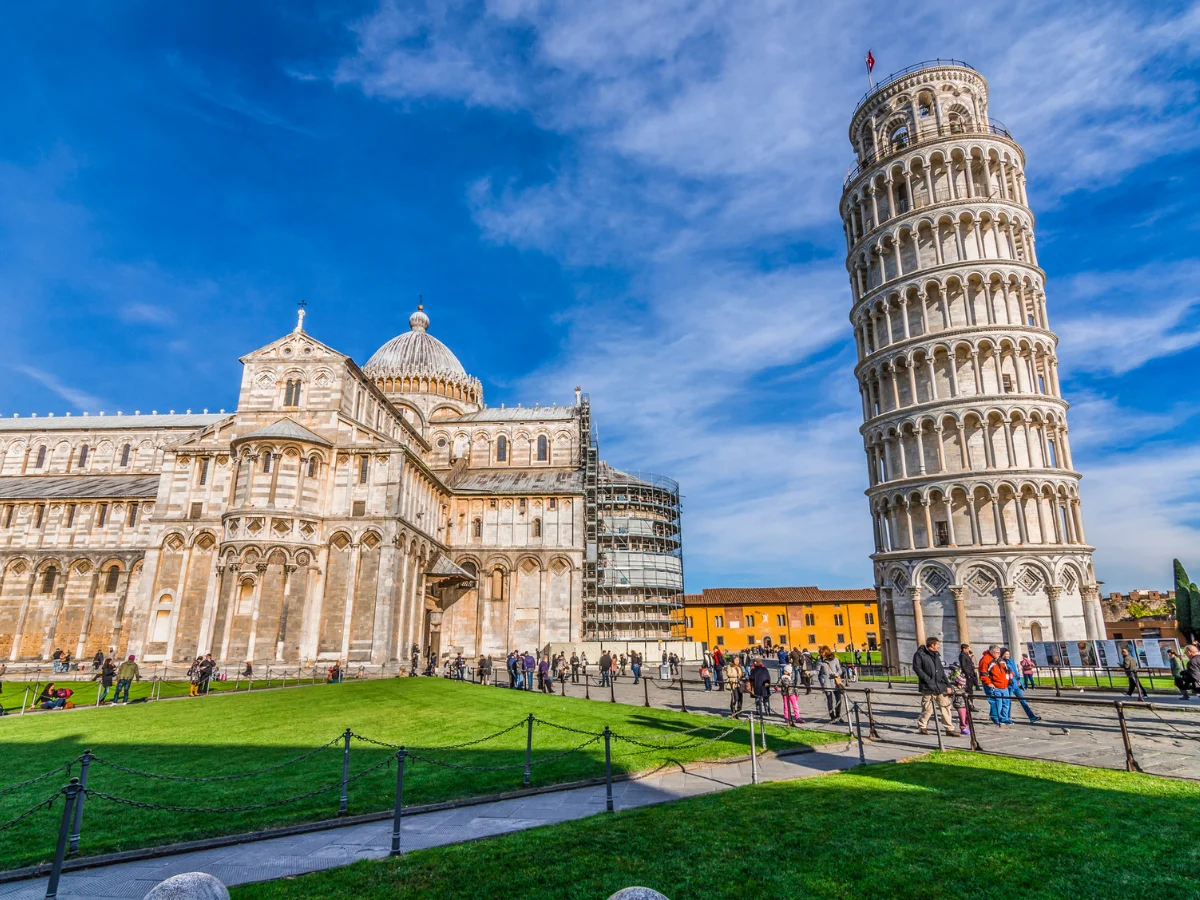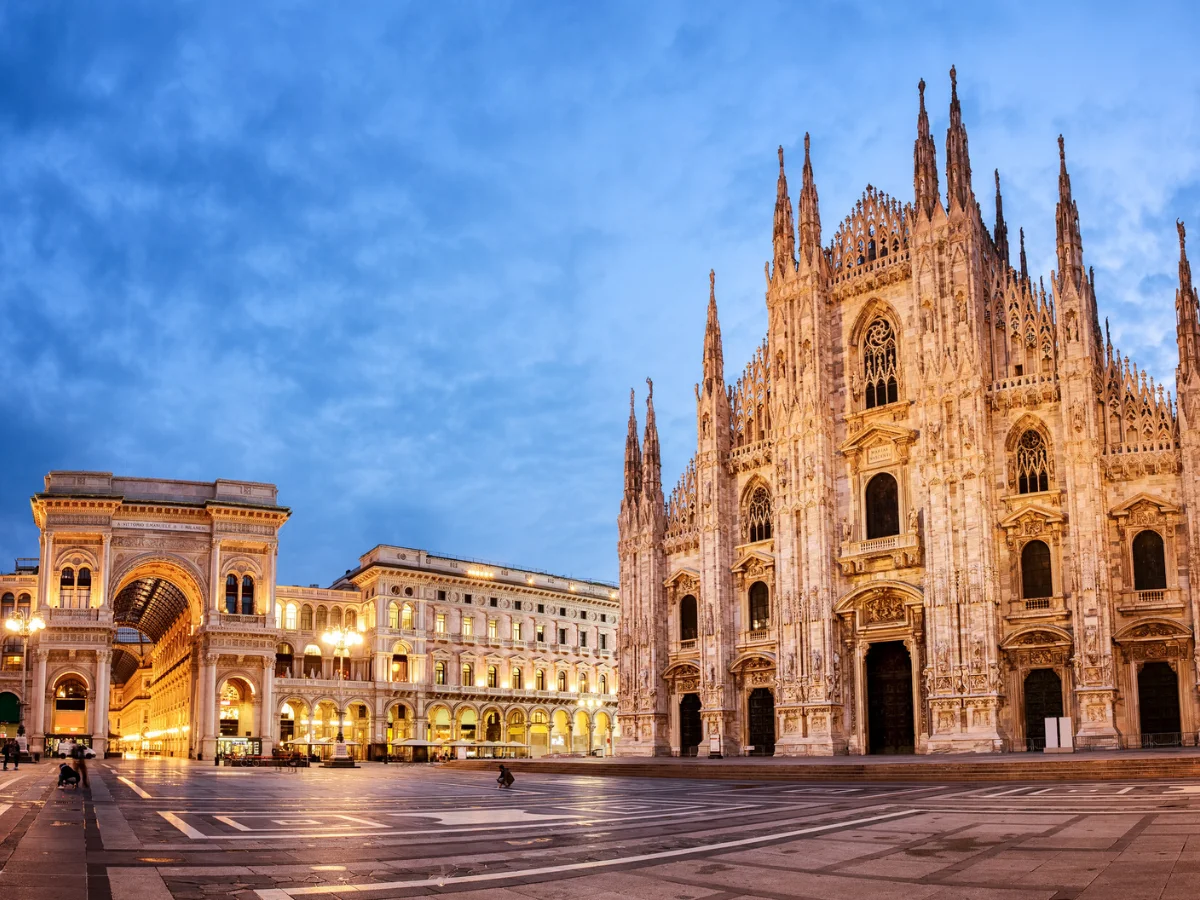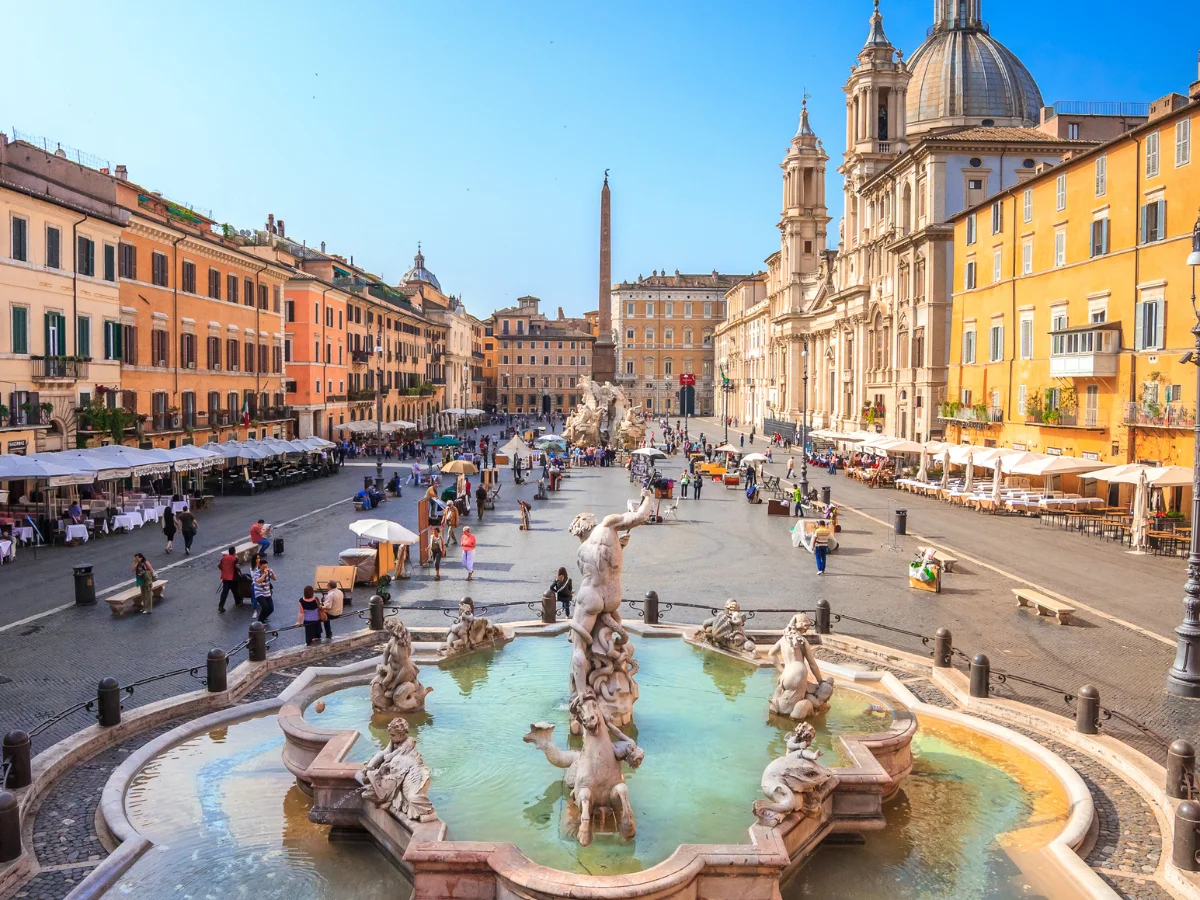Latin's revival and preservation span centuries
Latin’s revival and preservation span centuries, fueled by Renaissance humanism, ecclesiastical tradition, and educational initiatives. Across disciplines, from science to law, Latin’s precise terminology endures. Modern movements advocate for Latin education and usage, ensuring its relevance in the digital age. As scholars digitize ancient texts, Latin’s legacy remains accessible worldwide. The language’s revival reflects its enduring cultural significance and intellectual heritage. From medieval manuscripts to contemporary classrooms, Latin continues to inspire and enrich global discourse.

Latin's revival and preservation span centuries
Introduction
The Latin language, once the lingua franca of the Roman Empire, experienced periods of decline and revival throughout history. Despite challenges, efforts to preserve and revive Latin have persisted, ensuring its continued relevance in modern times.
Renaissance Revival
During the Renaissance, Latin experienced a revival as scholars rediscovered classical texts and embraced humanist ideals. Latin became the language of scholarship, diplomacy, and literature, shaping intellectual discourse across Europe.
Ecclesiastical Latin
Within the Catholic Church, Latin retained its significance as the language of liturgy, theology, and canon law. Ecclesiastical Latin, a distinct form of the language, remains in use today, preserving Latin’s religious and cultural heritage.
Educational Institutions
Throughout history, educational institutions played a crucial role in the preservation of Latin. Latin remained a cornerstone of the curriculum in schools and universities, fostering linguistic proficiency and cultural appreciation.
Scientific Terminology
Latin’s influence extended into the sciences, where it provided a common language for scientific nomenclature. Linnaean taxonomy, based on Latin binomial nomenclature, facilitated the classification and identification of species.
Legal and Scholarly Discourse
Latin continued to thrive in legal and scholarly discourse, providing precise terminology and expressions for complex concepts. Latin phrases and maxims adorned legal documents and academic treatises, ensuring clarity and authority.
Modern Revival Movements
In the modern era, various revival movements have emerged to promote Latin education and usage. Latin enthusiasts, scholars, and organizations advocate for its inclusion in schools, publications, and cultural events.
Digital Age Preservation
In the digital age, initiatives to digitize and preserve Latin texts have flourished. Online repositories and digital libraries make classical and medieval Latin literature accessible to scholars and enthusiasts worldwide.
Conclusion
The revival and preservation of the Latin language reflect its enduring significance and cultural legacy. From Renaissance humanism to modern educational initiatives, Latin has maintained its relevance across centuries. Whether in ecclesiastical, academic, or scientific contexts, Latin continues to inspire and enrich global communication and cultural heritage. As we navigate the complexities of the modern world, the revival and preservation of Latin ensure that its legacy endures for future generations to explore and appreciate.



